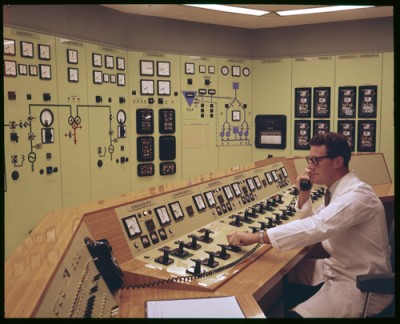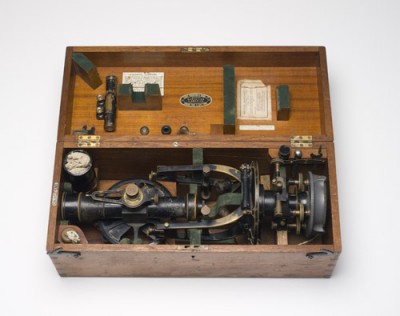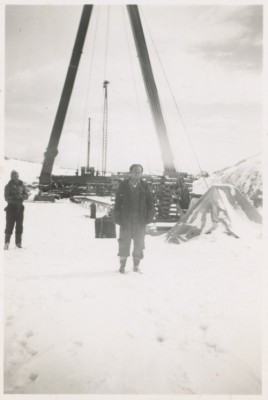In 1949 many migrants with engineering or construction skills and experience in working alpine conditions were targeted for the Snowy Mountains Hydro-Electric Scheme. Dams, power stations and tunnels were built so that the water from the Snowy River could be used to provide power and irrigation.
The Snowy Mountains Hydro-Electric Scheme is the most complex, multi-purpose, multi-reservoir hydro scheme in the world with 80 kilometres of aqueducts, 140 kilometres of tunnels, 16 large dams and seven power stations, two of which are underground. The project commenced under an Act of Federal Parliament in October 1949 with the goal of diverting the Murrumbidgee, Snowy and Tumut Rivers in south western NSW to provide irrigation water for the western side of the Great Dividing Range, and in the process generate hydro-electric power.
Fourteen major contractors and consortiums were engaged on the project. These included French and US companies as well as Australian. Thiess Bros Pty Ltd, Australia, had the biggest contract.
One hundred thousand people worked on the Scheme and 121 lost their lives in industrial accidents. Those workers were Australian-born, German, Greek, Irish, Italian, Norwegian, British, Polish and Yugoslav. Most migrant workers on the Scheme arrived under assisted migration schemes.
At the launch of the project, the Prime Minister Ben Chifley declared it a national milestone – important for drought relief, power generation and the prosperity it would bring the nation. Work on the Scheme was finished in 1974 with a total cost of $820 million dollars.
Because the project was more ambitious than anything that had been attempted before, engineers needed to develop new tunnelling and construction methods that would revolutionise industry around the world. Safer and cheaper construction techniques were created and the project set new standards in occupational health and safety. The power stations adopted higher outputs of electricity transmission than ever before. The Scheme used one of the world’s first transistorised computers called Snowcom from 1960 to 1967 that ensured the efficiency and success of the project.
The work was hard and the conditions were tough. Because ninety-eight per cent of the Scheme was underground, there was a lot of tunnelling, often through solid granite rock. Work in the tunnels was dirty, wet, noisy, smelly and dangerous.
Living conditions were also hard in the camps and towns built in the mountains to house the workers and their families. Often these dwellings were not suited to the freezing conditions. They were cold and the water would freeze in the pipes. When the workers’ wives came to join them in the townships, these women had to work hard to overcome the hardships and establish communities in the strange new wilderness environment. When work in one area was completed, the dwellings were dismantled and moved to another area, so very little remains of these towns today.
At any time of the day or night the mess halls were filled with noisy workers sitting at long wooden trestle-tables eating or relaxing after a shift. Following initial problems between Polish and German workers at East Camp in Cooma, all nationalities were mixed in together and this erased nationalistic tensions. At Wambrook, Walter Hartwig, the German engineer who recruited most of the tradesmen there, was called in to settle a conflict between Germans and Poles. He brought the two groups together and spelt it out in straight terms. We are all new Australians… This in an honourable title which is not to be abused. The nonsense of Europe has no place here.
Most of the migrants found themselves in this strange and harsh environment within days of arrival at Sydney or Melbourne. Some men suffered post traumatic stress driven by the war. The Snowy Mountains Authority didn’t have time for people to adjust and people had to get on with it or leave. Stress on married men with families in Europe had its toll with many men buying out their contract and returning home.





